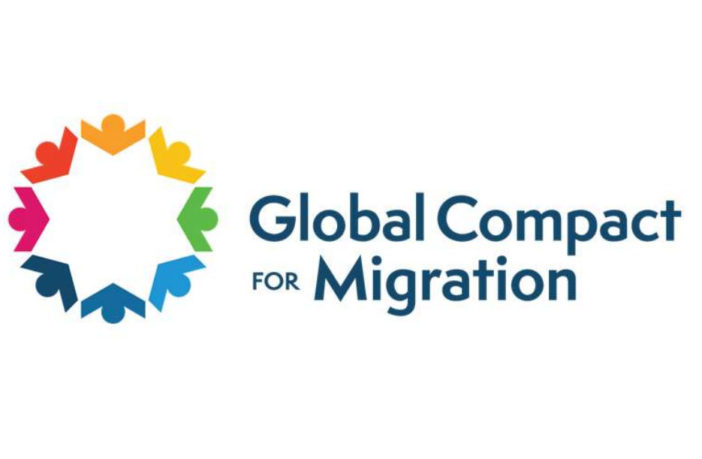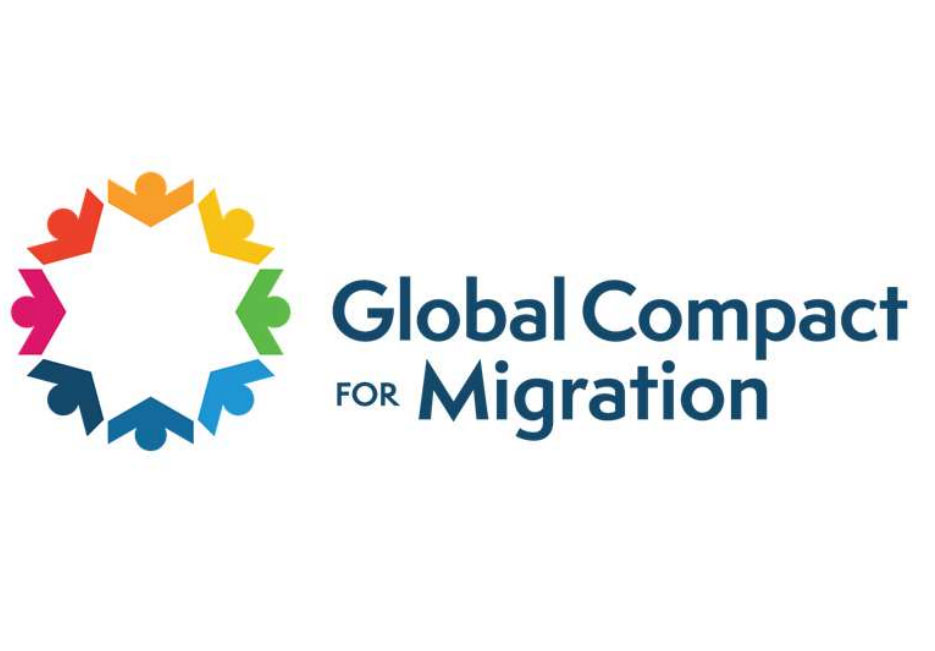IPS NEWS
One of the reasons Morocco embraced hosting the Global Compact on Migration is because it is a country in which the story of immigration is deeply embedded.
The evolution of the Moroccan immigration phenomenon occurred during the second half of the 20th century. The first waves of migrants began at the end of the 1950s and at the beginning of the ‘60s, heading toward Europe—France, in particular.
During this period, France, like many European countries, was re-constructing itself in the wake of the Second World War, and it also needed a boost to its workforce because of huge human losses during the war—hence the appeal of foreign labourers.
Morocco was particularly well placed to provide, both literally, due to its proximity to the southern shore of Spain—which lies but 15 kilometres from Morocco’s coast at the narrowest point of the Strait of Gibraltar waterway between them—and culturally and historically. Between 1912 – 1956, Morocco was a French and Spanish protectorate, during which French policy meant a Moroccan could travel freely to France without a visa, a far cry from the situation now in Europe, hence there already was a Moroccan footprint established in the country.
Come the late 1960s and into the 1970s, Moroccans kept immigrating to France, many to work in the agricultural as well as industrial sectors. This wave continued until the 1973 Oil Crisis around the world, after which the weakened French economy could not absorb more immigrants. Furthermore, unemployment had hit much of the French population, leading to increased racism and xenophobia.
As a result, the attention of Moroccan immigrants turned toward other European countries such as Holland, Belgium, Germany and Scandinavian countries. But many of these potential destination countries had by this stage restrictive entry measures, introducing visas since the ‘80s. As a result, more southern-placed European countries such as Spain and Italy became destination countries for migrants, after they arrived but could not continue northward.
During the last twenty years, Morocco has received its own big immigration wave of Africans, who have arrived, dreaming of reaching Europe. But the strong security measures now established by almost all European countries, including Spain, have turned Morocco into a destination country, with many of these migrants choosing to settle in Morocco, the coast of Spain visible but unreachable on the horizon.
This migratory evolution means that Morocco knows all about being a country of origin, of transit and of destination, leaving an indelible print on the nation’s psyche. Hence it increasingly seeks to cooperate with European countries on the matter, having learned through experience and realising — perhaps more than most others—how immigration is a structural phenomenon that can’t be resolved only by security measures. The Global Compact on Migration is what Morocco has been looking for. But how many other countries will follow through with this new vision on how to handle migration?
This story was brought to you by IPS with support from the United Nations Foundation . IPS organized capacity building workshops for media in Marrakech.








